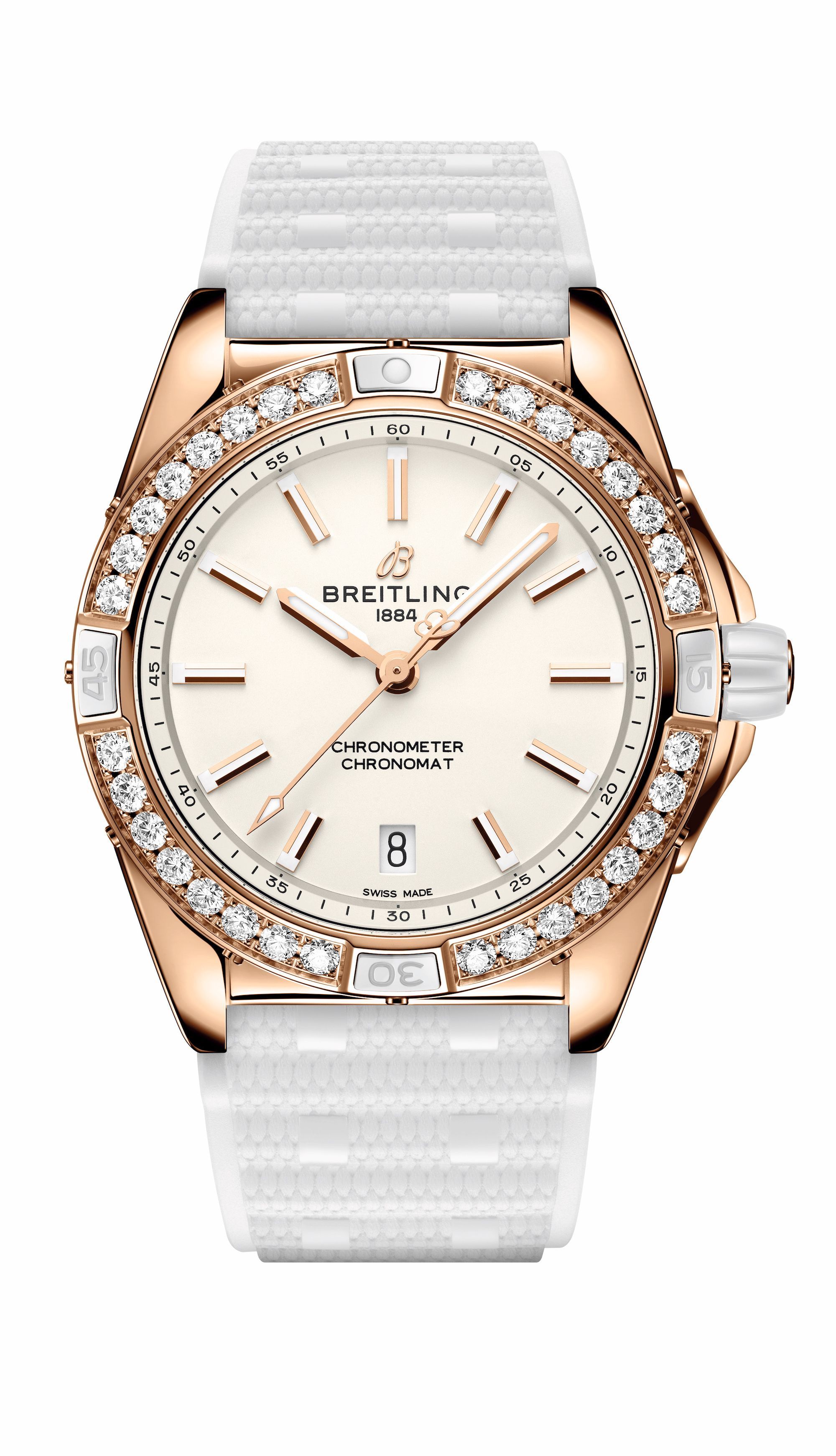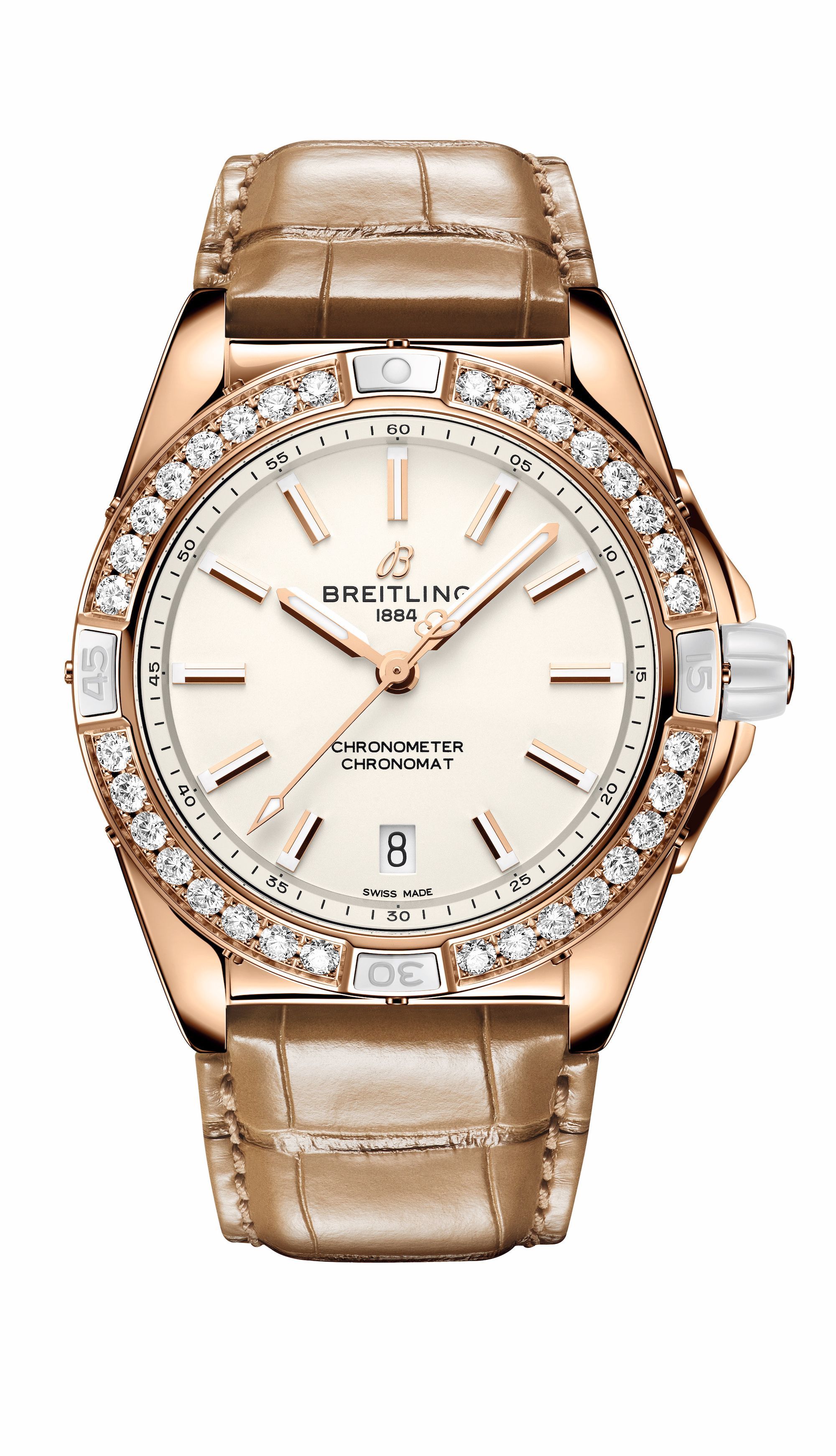Shopping with an eye for sustainability is becoming increasingly important to so many of us. But how can consumers avoid falling into greenwashing traps, in which we truly believe we’re being eco-conscious without fully understanding the big picture? How can we demand that brands implement real change?
“The most important thing to back up any sustainability claim is traceability,” says Aurelia Figueroa, Global Head of Sustainability at Breitling, a watch industry trailblazer pioneering social and environmental change. “You can’t make a sustainability claim if you can’t talk about origin.”
“I hope one day [traceability] will be mandated at an industry-wide level, but for now it’s down to brands to have that information readily available,” she says. “Essentially, consumers need to be asking the right questions.”
Of course, the most sustainable move is to reduce consumption overall. But, when you do want to make an investment in a new watch or a piece of keep-forever jewelry, it’s worth asking these questions first.
1. How transparent is a brand in providing information?
Traceability is the secret to genuine sustainability, both socially and environmentally, as knowing how and where an item is made can help you ensure it’s done so in a way that supports the artisans and the community that produces it, without having a negative impact on the environment. It’s a good sign if you’re able to find readily available information about every step in the production process for a watch or piece of jewelry.
“Ask of a product: Where did it come from? Who was involved in its production? How were they treated?” Figueroa suggests. “Evidence is essential to back up claims—what is the nature of any evidence a brand provides? Who has verified it?”
The Breitling team is practicing what it preaches with the launch of the Super Chronomat Automatic 38 Origins, the brand’s first-ever traceable watch. Each timepiece has a provenance record linked to a blockchain-backed NFT, a Non-Fungible Token that is a digital identifier which cannot be copied. With this one-of-a-kind identifier, you can check the origins of the precious materials used in the watch and the responsible measures taken along the supply chain with independently verified information provided by Sourcemap, where the supply chain is documented on this NFT and on an online source map. This includes the watch’s artisanal gold and lab-grown diamonds.
2. Where does a brand source its precious materials?
You might assume recycled materials will help reduce your environmental impact, but when it comes to gold, things aren’t always so black and white. That’s because it’s extremely difficult to accurately trace the origins of recycled gold, and a lack of regulation means original materials could have been mined just a few days earlier in a manner that creates serious environmental degradation or social damage.
Scrutiny of the source of the materials is essential—the most trusted source of gold is one that you can trace at every stage of the production process, even if that means skipping out on recycled materials.
3. Does a product benefit the community it was sourced from?
True sustainability is as much about the social impact of production as it is about its environmental effects; brands must be committed to supporting the community they rely on to produce their materials.
Gold mining, in particular, is often done in very remote areas, and can be an essential source of income for those communities. When buying a product that contains gold, ask, how is a company giving back to that community? Non-exploitative working conditions should be non-negotiable, and brands should also be involved in social and economic development initiatives that support an area.
If you can’t find any information about what the company is doing and how it comes by its gold, take that as a potential red flag. As a company, Breitling is taking a close look at its sources. By 2025, the brand aims to be working only with responsibly-sourced gold and diamonds from accredited suppliers. Beyond that, the brand currently works with artisanal mines that support local community development projects.
4. How is a brand minimizing its carbon footprint?
Sustainability will be an ongoing journey for brands, who must continuously innovate to minimize their carbon footprint. For Breitling, that means constantly holding itself accountable: Last year, the brand measured the carbon footprint of individual products through an assessment in cooperation with the Coalition on Materials Emissions Transparency.
This industry-first reporting not only sheds light on the sustainable specifics, but it also means Breitling can find new insights into the environmental impacts of its upstream value chain, and identify which elements are responsible for these. The data allows the brand to take action and reduce its carbon footprint in real time.
5. Where does a brand source its diamonds and do they offer lab-grown options?
It’s exceptionally difficult to verify the origins of mined diamonds and, as Figueroa explains, “the biodiversity and water impact of mined diamonds is tremendous, as is the energy needed to extract them.”
By using lab-grown diamonds, brands are able to work closely with suppliers to ensure full traceability at every stage of the supply chain—including ascertaining their social practices, monitoring the nature of their energy supply and engaging with them to help them transition to renewable energy sources.
Find out more about the Super Chronomat Automatic 38 Origins here, as well as Breitling’s sustainable practices here.











